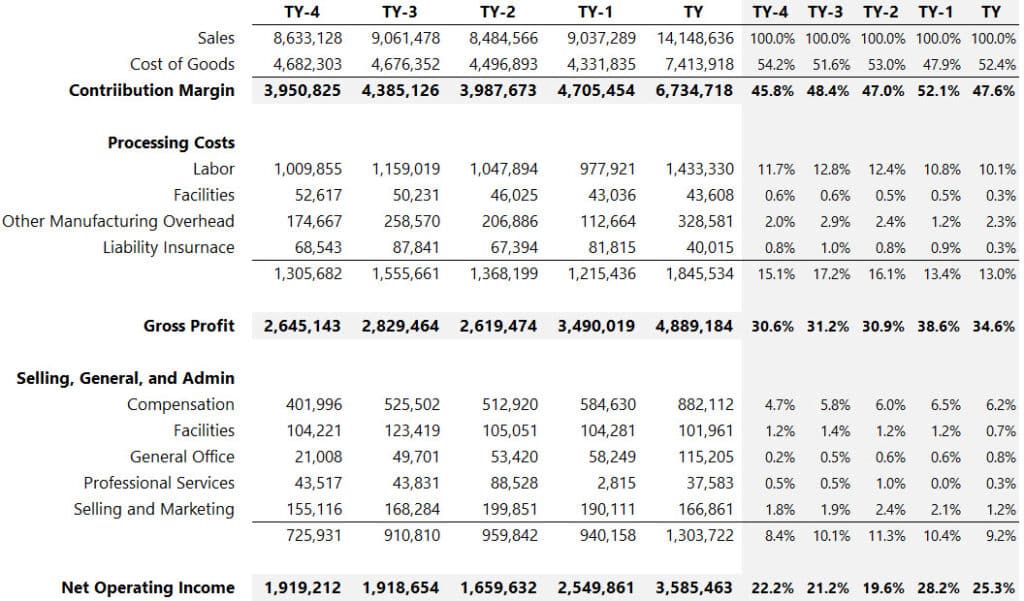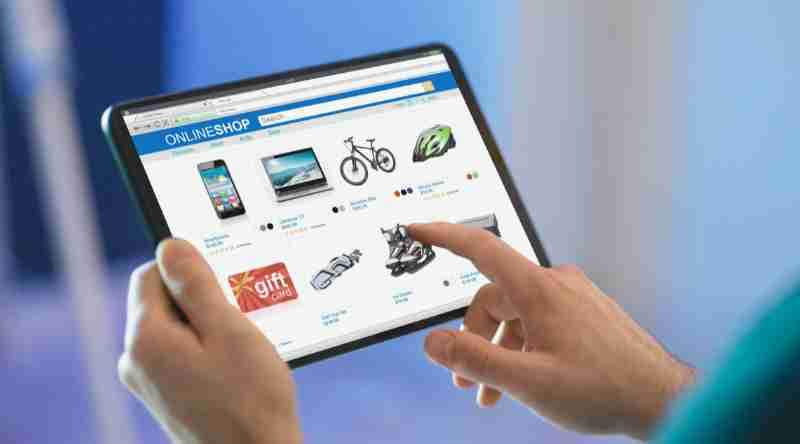Before working with eCommerce businesses, I worked in mid-sized retail. A question I heard repeatedly was, “Does this belong in COGs?” Incidentally, COGs is short for cost of goods sold if you are not an accountant or a financial statement reader.
Within weeks of hearing these questions repeatedly, I never heard them again because of a simple concept I explained. And I never directly answered the question with a yes/no response. Let me start with an accounting equation reminder to drive home my point:
Ending Inventory = Beginning Inventory + Purchases – COGs
Therefore
COGs = Beginning Inventory + Purchases – Ending Inventory
The reason I show two equations is so that we can isolate COGs from the one before it. The reason I show the first equation is to make a point–whenever you mention COGs, first think about inventory. More than 90% of COGs are directly associated with the product you buy and ultimately sell to your customers. The remaining 10% is what we’ll address next.
The Taxonomy of Cost of Goods Sold
Do a Google search on cost of goods sold, and I bet half the articles will refer to COGs as a direct expense. That’s not a true statement because it’s only partly accurate. The best way to think about this idea is to steal a page from the manufacturing playbook with an excerpt from a financial package.

In the P&L above, COGs are nestled right under sales which leads to contribution margin. The only account in COGs is product costs (and it’s possible you have your accounts set up by product family, class, department, or something similar). Regardless, only inventory sold from your balance sheet account hits that account.
In the case above, labor, facilities, and other overhead are considered COGs accounts, but they are not inventoriable in this business, nor are they direct to one specific product. Instead, we call these costs periodic. These types of COGs are either recurring or non-recurring. We’ll use this concept to flesh out the taxonomy of some of our COGs accounts in our eCommerce business.
The reason I like to think in taxonomies or account clusters is so that I can better conceptualize the costs in question. I also ask myself, “Is this cost big enough to include in our financial modeling, and if so, how do I model this cost’s behavior?”
My taxonomy below is not complete. I still want to give you an idea of how your account structure should be set up in your 5000 or 50000 series:
Recurring
Non-Recurring
- inventory supplies
- warehouse supplies
- periodic outbound freight
- small tools
- inventory repairs
- repairs on returned product
- vendor adjustments
- vendor rebates
Again, the list above is not meant to be exhaustive. It’s for presentation purposes to guide you in structuring COGs accounts, how you’ll account for such purchases, and, more importantly, how you’ll plan, monitor, and manage those costs.
My label headings above are not intended to include in your COA structure. However, they will probably be grouped similarly in your rolling forecast or financial model that you update monthly.
In the early going of an eCommerce startup, many expenditures will get commingled into various black hole accounts. Examples include supplies of all kinds that somehow find their way into office supplies in SG&A. I’ve seen just one shipping account for five or six distinctive activities get lumped into one account. When accounting learns to think in terms of how to manage a certain cost and how to model it, structuring COGs accounts will become easier.
Speaking of commingling, as I write this, I’m working with a contractor where all COGs are lumped into just one account. That’s what we call the radical commingling of expenditures. It’s impossible to manage that account. How did I flesh out the accounts? My client and I modeled the business first, revealing the proper COGs structure we needed.
Is It COGs?
If you ever question whether a certain cost should be included in COGs, start with the better query first, “Is this a direct, inventoriable cost?” If not, then determine if it’s a periodic recurring or non-recurring cost.
The primary reason I like this thinking originates from what I taught my staff years ago. Most young accountants have a P&L mindset. While we want a holistic accounting mindset, we want to tilt our thinking first on the balance sheet. When accountants fully grasp the underlying mechanisms of complete and accurate balance sheet accounting, the P&L is simple, especially regarding recurring and non-recurring COGs.
Don’t be surprised if you have to make minor tweaks to your current COA structure. But remember, if you do, update the proper reclassifications going back to January of the prior year. If not, the integrity of your financials is damaged because of a hit on comparability, especially if the numbers are significant.
